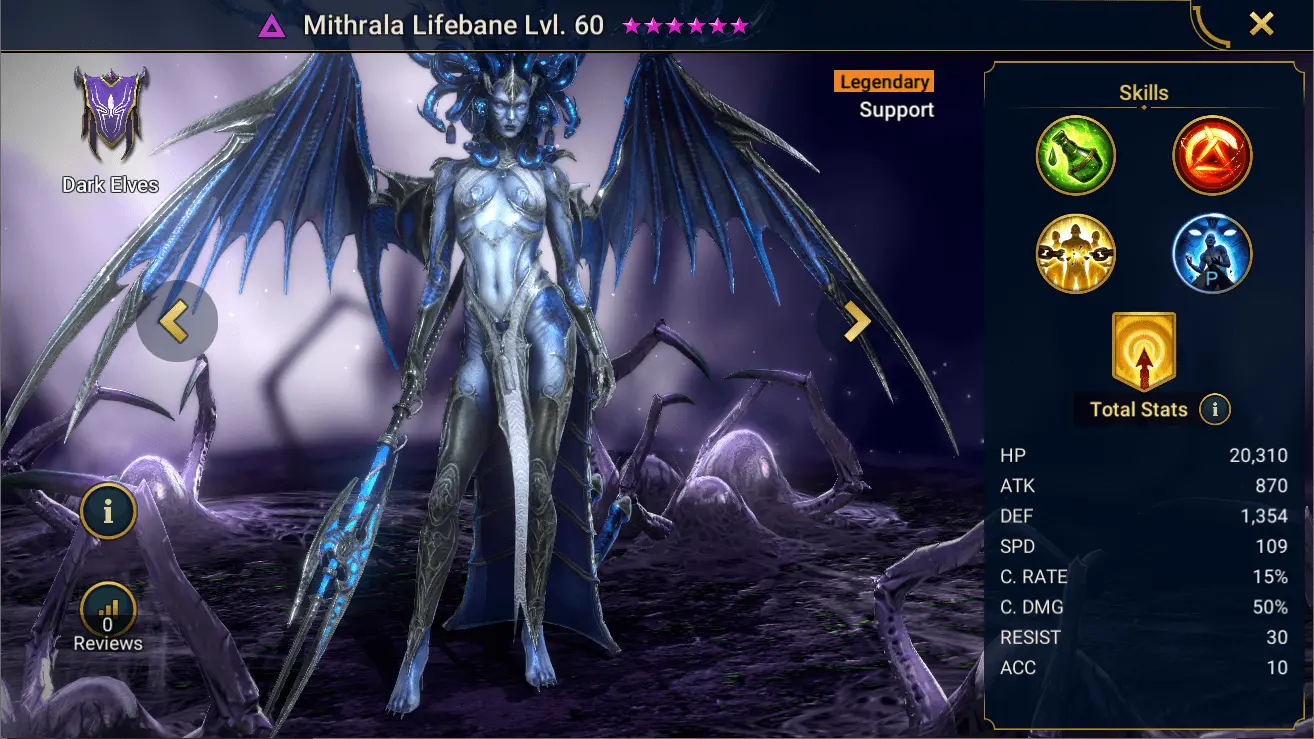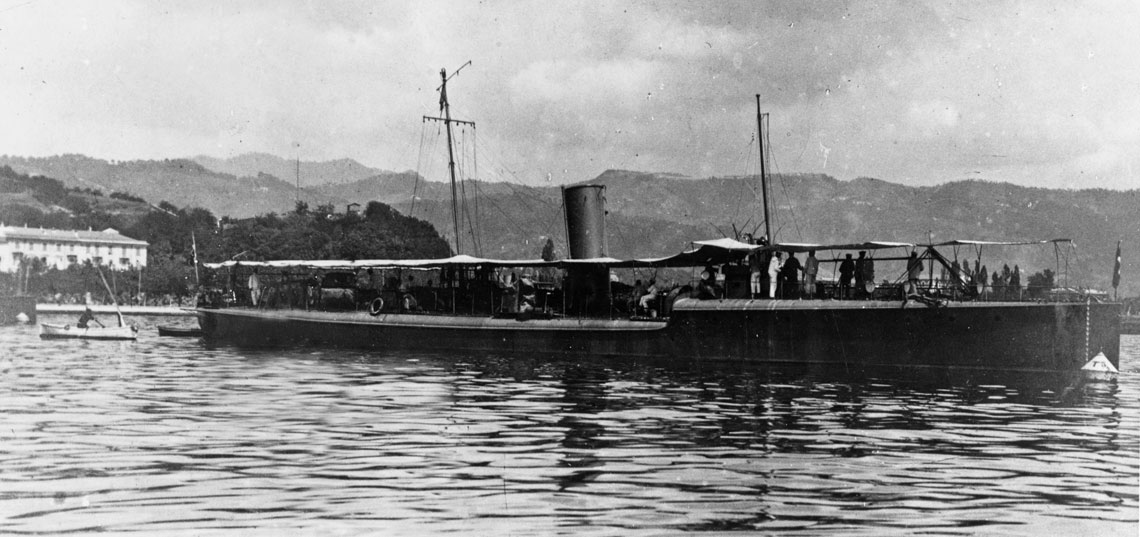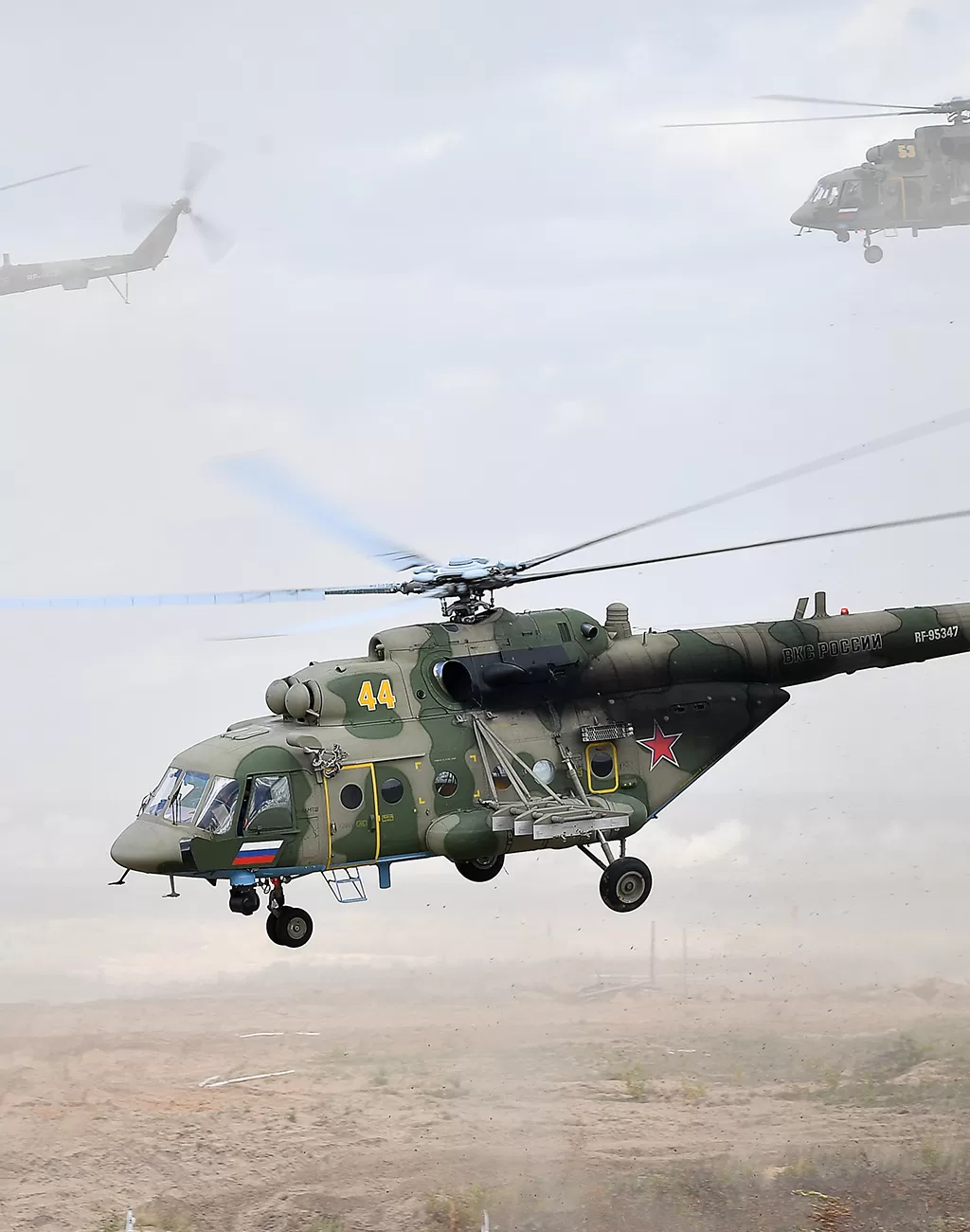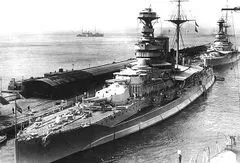
Commander Millo's famous raid

Millo's flagship from the rally to the Dardanelles is the torpedo boat Spica in La Spezia. Photo NHHC
The torpedo boat raid on the Dardanelles in July 1912 was not the most important combat operation of the Italian fleet during the Trypillia War (1911-1912). However, this operation became one of the Regia Marina's most famous achievements in this conflict.
The war that Italy declared on the Ottoman Empire in September 1911 was characterized, in particular, by the significant advantage of the Italian fleet over the Turkish fleet. The latter was unable to withstand the more modern and numerous ships of the Regina Marina. The clashes between the navies of both conflicting countries were not decisive battles, and if they did occur, they were one-sided duels. At the very beginning of the war, a group of Italian destroyers (destroyers) dealt with Turkish ships in the Adriatic, and subsequent battles, incl. in Kunfuda Bay (January 7, 1912) and near Beirut (February 24, 1912) confirmed the superiority of the Italian fleet. Landing operations played an important role in the struggle, thanks to which the Italians managed to capture the coast of Tripolitania, as well as the islands of the Dodecanese archipelago.
Despite such a clear advantage at sea, the Italians failed to eliminate a significant part of the Turkish fleet (the so-called maneuver squadron, consisting of battleships, cruisers, destroyers and torpedo boats). The Italian command was still worried about the very presence of the Turkish fleet in the theater of operations. She did not allow herself to be drawn into a decisive battle, in which, as the Italians thought, the Ottoman ships would inevitably be defeated. The presence of these forces forced the Italians to maintain alert ships capable of responding to possible (albeit unlikely) enemy actions, in particular, to allocate units to guard convoys - necessary to provide reinforcements and equipment for troops fighting in Tripolitania. This increased the cost of the war, which was already very high due to the protracted conflict.
The command of the Regia Marina came to the conclusion that there is only one way to break the deadlock in the naval struggle with Turkey - to neutralize the core of the enemy fleet. This was not an easy task, since the Turks, knowing the weakness of their fleet, decided to settle in a seemingly safe place, i.e. in the Dardanelles, at the anchorage at Nara Burnu (Nagara Cape), 30 km from the entrance to the strait .
For the first time in the ongoing war, the Italians sent a fleet against such hidden Turkish ships on April 18, 1912, when a squadron of battleships (Vittorio Emanuele, Roma, Napoli, Regina Margherita, Benedetto Brin, Ammiraglio di Saint- Bon" and "Emmanuele" Filiberto), armored cruisers ("Pisa", "Amalfi", "San Marco", "Vettor Pisani", "Varese", "Francesco Ferruccio" and "Giuseppe Garibaldi") and a flotilla of torpedo boats - under the command of vadm. Leone Vialego - swam about 10 km from the entrance to the strait. However, the action ended only with the shelling of Turkish forts; it was a failure of the Italian plan: Vice-Admiral Viale hoped that the appearance of his team would force the Turkish fleet to sea and lead to a battle, the outcome of which, thanks to the great advantage of the Italians, was not difficult to predict. predict. The Turks, however, kept their cool and did not move away from the straits. The appearance of the Italian fleet in front of the straits was not a big surprise for them (...), so they prepared (...) to repulse the attacker at any moment. To this end, Turkish ships transferred reinforcements to the Aegean Islands. In addition, on the advice of British officers, they decided not to put their weaker fleet into the sea, but to use it in the event of a possible attack on the straits to support the fortress artillery.

